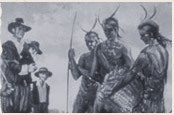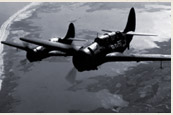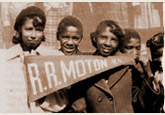Young People at the March on Washington 1963
The College of New Jersey: Teaching Politics
Civil Rights Leaders at the March on Washington 1963
The College of New Jersey: Teaching Politics
Martin Luther King, Jr. Delivering His Speech at the March on Washington 1963
The College of New Jersey: Teaching Politics
Martin Luther King, Jr. at the March on Washington 1963
Life Magazine: Classic Images
Civil Rights March, 1963
George Mason University Libraries: The Ollie Atkins Photograph Collection
Description: These grouped resources are photographs from the March on Washington for Jobs and Freedom (August, 1963) which can give students helpful visual references for this landmark Civil Rights event. (For the photographs from the Ollie Atkins Photograph Collection, scroll down the page to "Civil Rights March, 1963" and click on individual photo thumbnails).
Teaching Tips:
"Do Now" Suggestion
- The teacher can put several of the images on an overhead projector or in a PowerPoint slideshow and ask students to answer the following questions for each image: a) What do you see? b) Do you see any symbols from the Civil Rights Movement? c) Can you identify any of the people in the photograph? d) What are the goals of the people in this photograph?
- In small groups, the students can choose a photograph to use as the starting point for the creation of a minidrama. The teacher can project the photograph onto a screen as the backdrop for the presentation. The students write a dialogue, which brings the characters in the photograph to life. The idea is for the students to be able to realistically represent a group of characters who attended the March on Washington.



